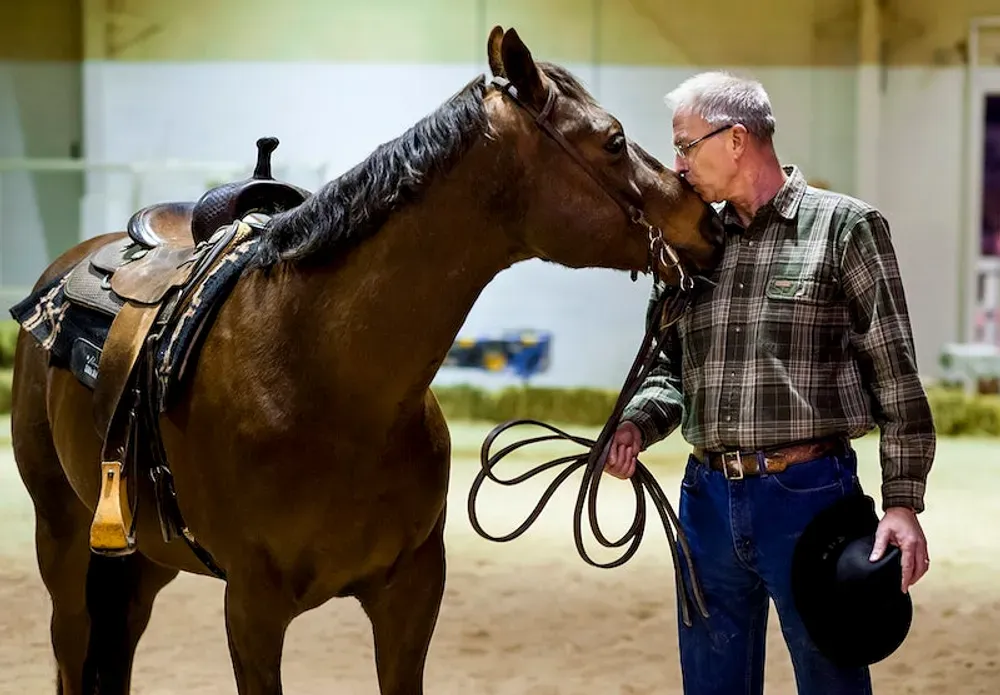
Table of Contents
Introduction
In the equestrian realm, few breeds can match the Quarter Horse's remarkable blend of versatility, athleticism, and captivating history. This breed's journey through time is a riveting tale that has captured the hearts of horse enthusiasts worldwide. In this article, we dive deep into the past and present of Quarter Horses, exploring their diverse applications, distinctive traits, and essential health considerations.
Historical Origins of the Quarter Horse
Our Quarter Horse adventure kicks off in early America during the 17th century. It's a tale woven from the threads of Spanish, Native American, and English horse breeds. These diverse equine influences gave birth to a horse with a unique skill – lightning speed over a quarter-mile distance. This knack for speed quickly thrust Quarter Horses into the spotlight as the stars of emerging horse racing circuits.
Our journey begins in the colonial days of Virginia, where European settlers introduced a variety of horse breeds. These breeds mingled with native horses, particularly those of Spanish descent. The result? The Virginia Quarter Stock, the ancestor of the modern Quarter Horse. These early Quarter Horses, often referred to as the "Old Bulldog" type, possessed remarkable strength and versatility, making them indispensable on farms and ranches as settlers pushed westward.
Characteristics of the Bulldog Type Quarter Horses
- Sturdy build with robust bones and a compact frame.
- Heights ranging from 14hh to 15.2hh, or even taller.
- Muscular hindquarters strong back and a broad chest.
- Exceptional endurance at slower speeds, perfect for long hours of work.
- An ability to adapt seamlessly to diverse terrains and climates.
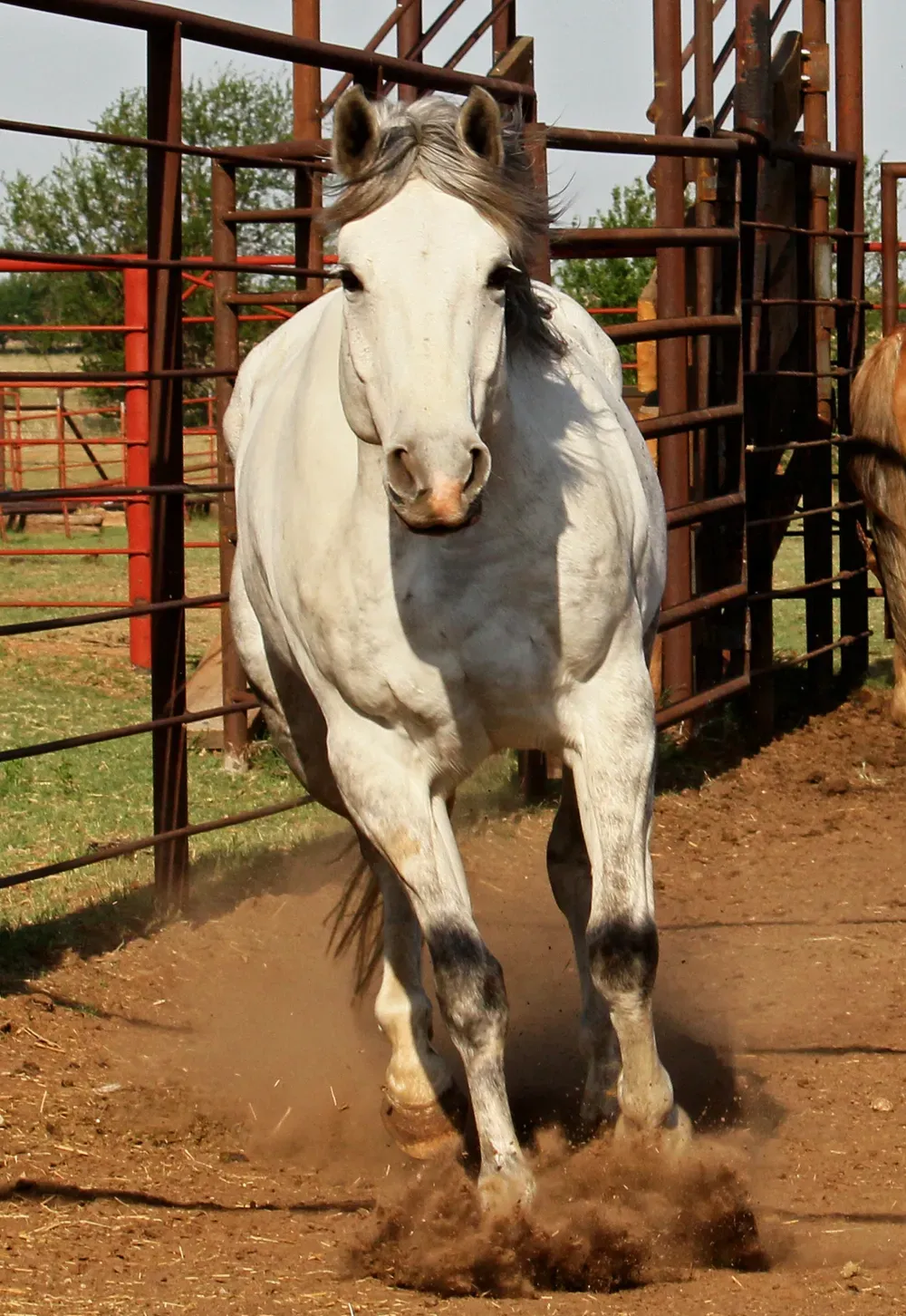
A fit and muscular Bulldog Type Quarter Horse
This foundation quarter horse has a substantial and well-muscled frame.
Bulldog type quarter horses are very strong!
Although the average bulldog-type quarter horse stands at about 15hh they are capable of carrying a heavy rider and a hefty western saddle.
The Evolution of the Modern Quarter Horse
While the original Bulldog Quarter Horse remains popular, the breed has undergone an intriguing transformation with the introduction of Thoroughbred Blood. This evolution occurred through two main avenues.
The Introduction of the Appendix Quarter Horse Registers:
Appendix Quarter Horses, born from the union of a Thoroughbred and a Quarter Horse, form a unique subgroup. These horses may have various amounts of Thoroughbred blood, offering a tantalising blend of speed and strength. There are two registers for these appendix horses and the rules for a horse's inclusion are different for each register.
Appendix Horse registration is provided through the American Quarter Horse Association (AQHA) and the American Appendix Horse Association (AAHA). Horses meeting the requirements for dual registration can be registered as an appendix by both associations.
The AQHA and AAHA both permit appendix horses that are a cross between a Thoroughbred and a Quarter Horse. They also permit foals from the union between a quarter horse and an appendix quarter horse. The AQHA does not accept appendix quarter horses that are the result of a cross between an appendix stallion and an appendix mare, however, this is permitted by the AAHA.
Appendix Quarter Horse Colours
The AQHA will not permit the registration of pinto horses with considerable white markings but the AAHA permits paint horses and pinto horses.
Transitioning to the Foundation Quarter Horse Register (AQHA):
The AQHA permits an appendix quarter horse to become a full quarter horse. To make this transition, a horse must accumulate at least 10 points (achieving ROM status) in halter, performance or racing classes. This horse's papers can then be swapped from appendix quarter horse status to full quarter horse status. However, certain criteria must be met, including the absence of parrot-mouth, excessive white markings, the HYPP gene, and cryptorchidism.
Horses that have cryptorchidism are frequently dangerous!
Cryptorchidism exists where one or both testicles do not drop into the scrotum. These horses are called rigs.
This evolutionary process results in Quarter Horses with varying degrees of Thoroughbred heritage, making them exceptionally versatile and adept in both Western and English disciplines.
The Many Faces of Quarter Horses
Today, Quarter Horses showcase their prowess across a wide array of disciplines, including:
- Racing: Some Quarter Horses, with a notable infusion of Thoroughbred blood, excel in sprint racing, an arena of fierce competition.
- Rodeo: The robust Bulldog Quarter Horse and many appendix Quarter Horses prove ideal for rodeo events such as steer wrestling, thanks to their strength and agility.
- General Western Riding: Known for their calm temperament and quick responsiveness, Quarter Horses and appendix Quarter Horses shine in various Western disciplines like reining, cutting, and trail riding.
- Showmanship: A unique subset is bred for halter classes, where the competition to display the finest horse is intense. Halter horses aren't ridden but rather showcased for their extremes of conformation.
- English Riding: Many Quarter Horses with Thoroughbred lineage find success as show jumpers, eventers, and dressage horses, demonstrating their versatility beyond Western realms.
Quarter Horse Conformation: What to Watch Out For
Quarter Horses and Appendix Quarter Horses frequently boast remarkable conformation, but the breed also faces potential challenges that horse owners should be aware of:
Heavy Build: Their robust bodies, small cannon bones, and boxy feet with upright pasterns may predispose them to joint and lameness issues.
Many horses with boxy feet have foot problems!
Boxy feet and pasterns that are very steep do not absorb the concussion of the foot hitting the ground. This can cause both hard and soft tissue damage in the leg and/or foot.
Straight Back Legs: Halter horses, in particular, may exhibit extreme muscling and very straight back legs, potentially impacting their soundness.
Mutton Withers: Some individuals possess wide shoulders and low withers, leading to saddle fitting issues.
Croup High: Being croup high can be less efficient for English riding, where a lighter forehand is essential.
Horse with upright back legs are called post legged!
This is because the legs are so straight they look like a post in the ground. This serious fault results in stifle and hock joint problems.
Of course, the potential challenges depend upon the horse's job and whether the problem is extreme. So slightly boxy feet and pasterns that are a bit upright will probably cause no problem if your horse is not required to perform at speed on hard going. Another example is the horse with heavy muscling and this is only a problem if the muscling is too much for the horse's frame and/or prevents the animal from being a functional athlete.
Quarter Horse Health Considerations
Quarter Horses, like all breeds, are susceptible to specific health issues, including:
- HyPP (Hyperkalemic Periodic Paralysis): Some Quarter Horses inherit this disorder, which can result in muscle tremors and weakness. It is a genetic disease noted by mild to severe episodes of muscle spasms and trembling. and it is linked to a quarter-horse stallion called Impressive. However, DNA testing will be able to rule out this problem in foals.
- MH (Malignant Hyperthermia): This genetic disorder is very serious and is frequently fatal, especially when associated with type 1 PSSM. Mature horses generally develop signs of MH which is closely linked to two of the quarter horse bloodlines. Genetic testing of foals is available through the University of Minnesota.|
- Type 1 PSSM (Polysaccharide Storage Myopathy): This is also caused by a genetic disorder and results in severe muscle cramps and intense pain in affected horses. The condition is detectable through genetic testing.
The good news is that these gene mutations can be identified and there are known bloodlines that are susceptible to these conditions. These bloodlines are traceable if the horse is a Quarter Horse or an Appendix Quarter Horse. The vast majority of Quarter Horses and Appendix Quarter Horses are free from all three conditions.
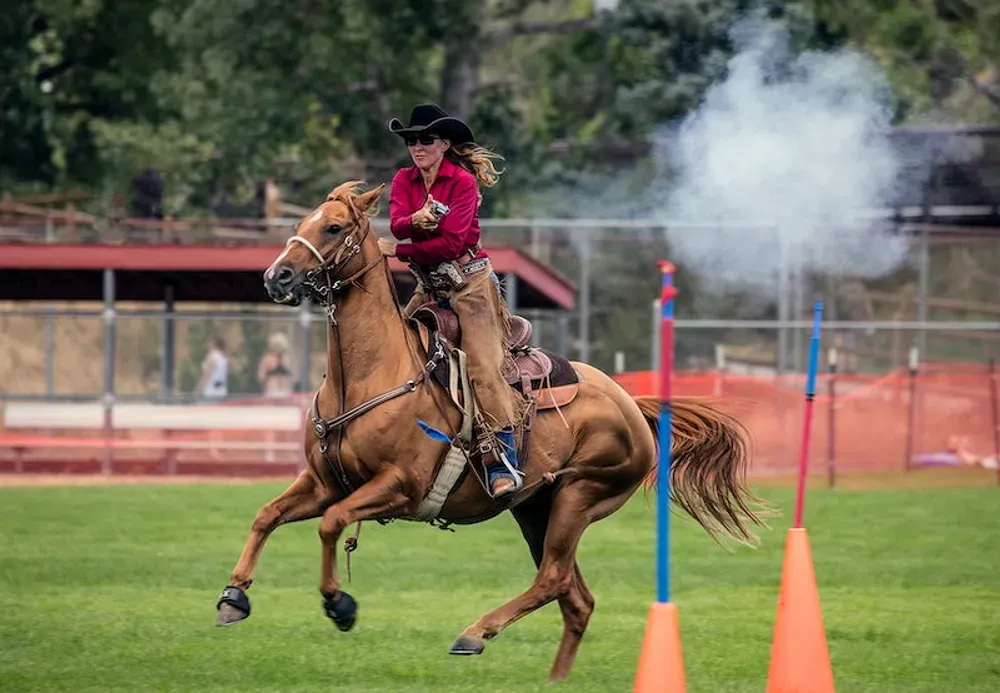
Quarter Horses are extensively used in reenactments and films
The rider and horse are having a “whale of a time”.
The Take-Home Message
In the world of equines, the Quarter Horse stands as a testament to the power of adaptation and evolution. From its humble beginnings as the Virginia Quarter Stock to its diverse and dynamic present, this breed has won the hearts of horse enthusiasts and earned its place as a beloved and versatile companion in various equestrian disciplines.
Understanding their rich history, unique characteristics, and potential health considerations allows us to appreciate these remarkable creatures even more. Whether you're a seasoned horse enthusiast or a budding equestrian, the Quarter Horse's story is one worth exploring and celebrating. Furthermore, there is a quarter horse out there for every type of rider, so enjoy.
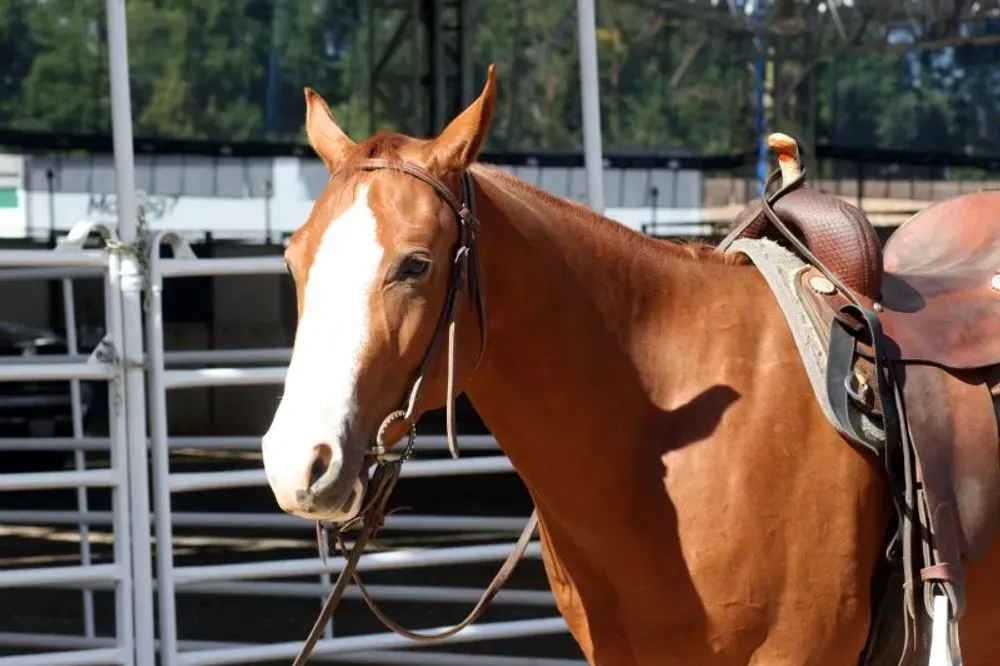
A good Quarter Horse is worth its “weight in gold”
FAQs
Are quarter horse's suited to novice riders?
Can halter quarter horses become ridden quarter horses?
Can a quarter horse carry a 210 pound rider?
Can I check a quarter horse's pedigree?
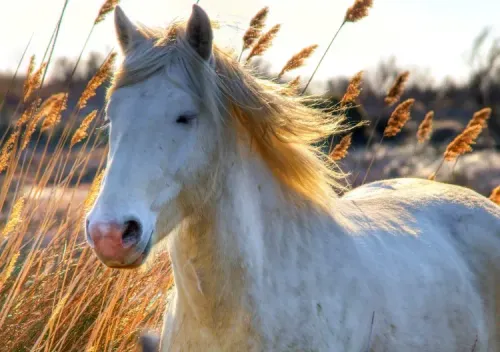
Article Suggestion
Camargue Horse of The Rhone Delta: France’s Hidden Gem
